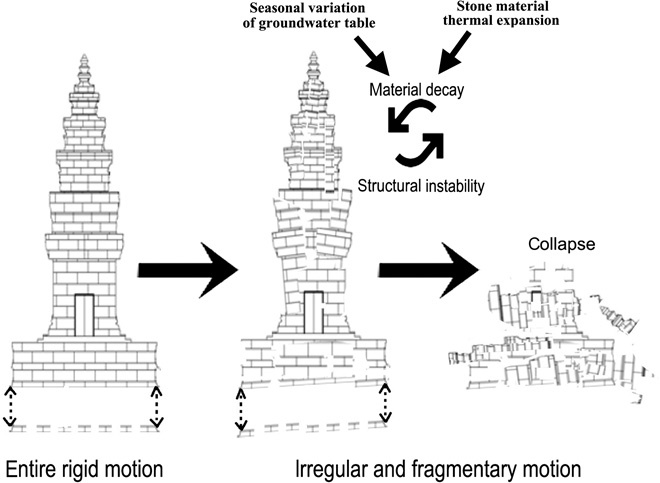Information
New Technique May Identify Vulnerable Temples at Angkor
Author: LiveScience |
From: archaeology |
Release time:2017-3-8 10:37 |
Views: 902 | Publisher: 武子 |
Summary: BEIJING, CHINA—Live Sciencereports that a new technique could help scientists predict when buildings at Angkor and other UNESCO World Heritage sites are susceptible to collapse and even prevent small shifts in the structures that can cause damage. Fulong
BEIJING, CHINA—Live Science reports that a new technique could help scientists predict when buildings at Angkor and other UNESCO World Heritage sites are susceptible to collapse and even prevent small shifts in the structures that can cause damage. Fulong Chen of the Institute of Remote Sensing and Digital Earth at the Chinese Academy of Sciences and a team of researchers used InSAR, or synthetic aperture radar interferometry, and high-resolution satellite imagery, to measure millimeter-scale changes to the monuments in an area measuring 14 miles by 11 miles. The scientists did not detect a threat over the two-year span of the study, but they suspect that erosion, temperature variations, and changes in the level of the groundwater, which is now being depleted by the millions of visitors to the ancient city each year, could contribute to the instability of Angkor’s ancient structures over time.

